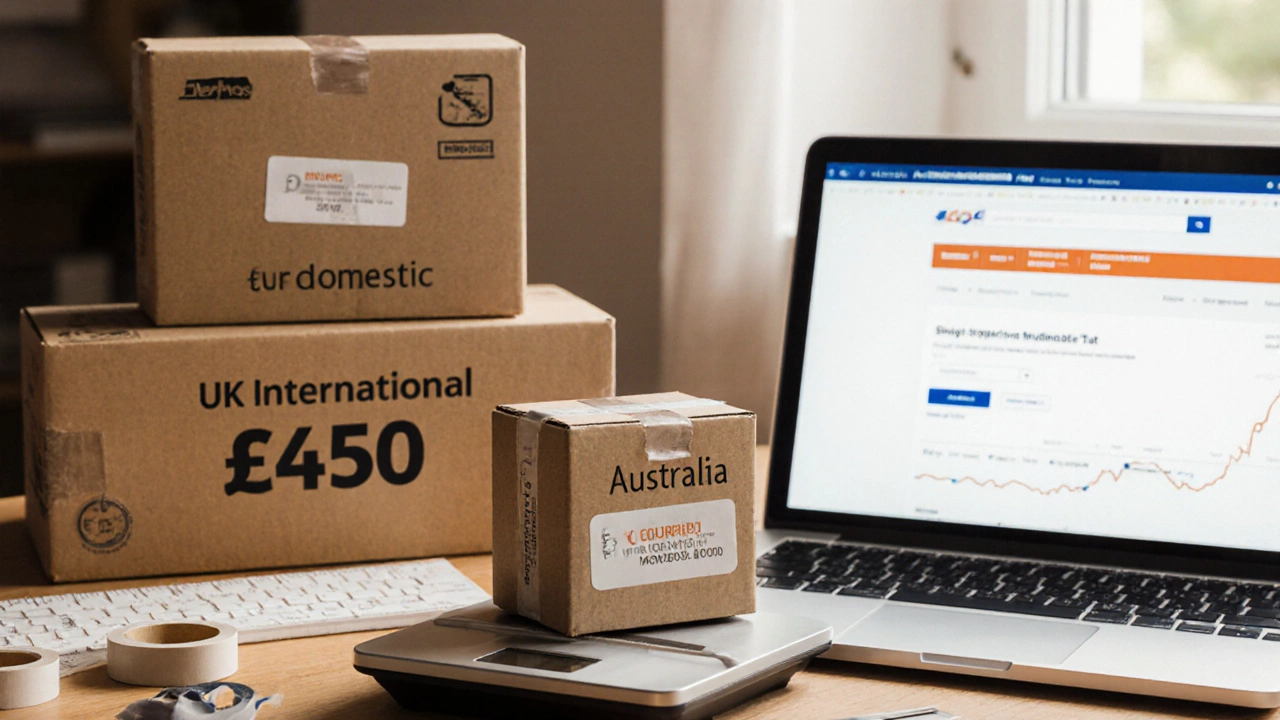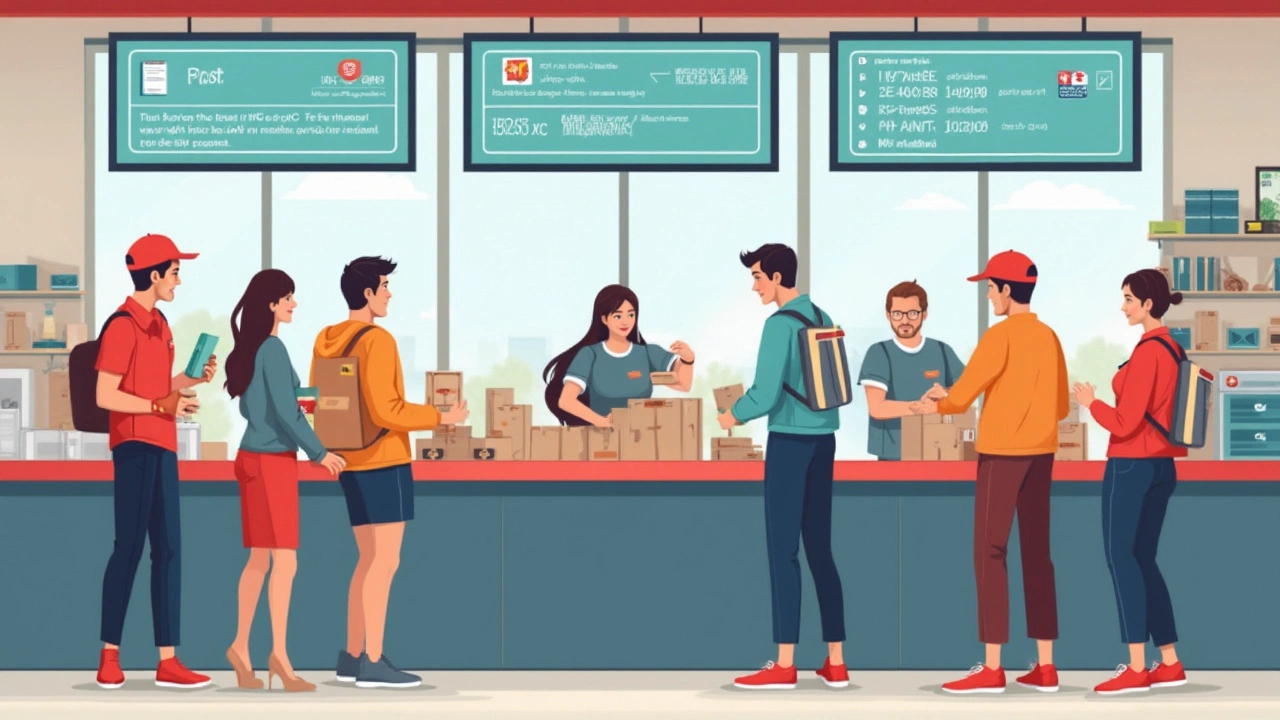Shipping Rates: What You Need to Know to Save Money
Ever looked at a courier quote and felt the price jumped for no reason? You’re not alone. Shipping rates can feel like a mystery, but once you understand the basics, you’ll spot cheap options and dodge hidden fees. Below you’ll find the most common factors that change a price and a few tricks to keep your costs down.
Key Factors That Influence Shipping Costs
Package weight and size. Carriers charge by weight, but they also look at dimensions. A light, bulky box can cost more than a heavy, compact one because it takes up more space on the truck. Measure length, width, and height, then use the carrier’s volume‑weight calculator to see which number is higher.
Distance and destination. Shipping across town is cheaper than sending a parcel across the country or overseas. International shipments add customs duties, taxes, and sometimes extra handling fees. Some services, like Royal Mail Special Delivery or UPS Ground, have zone‑based pricing, so check the zone map before you book.
Delivery speed. Overnight or same‑day services are the most expensive because they need priority handling. If you can wait a day or two, you’ll save a lot. Many carriers publish a cutoff time for next‑day delivery; missing it usually pushes the parcel to the next day’s batch, adding cost.
Service type. Standard, express, and economy each have a different price tier. For non‑urgent items, choose an economy option. If you need tracking and insurance, look for a service that bundles those features without a huge surcharge.
Additional services. Signature‑required delivery, Saturday drops, or heavy‑item handling all add extra fees. Ask yourself if you really need each add‑on. Sometimes you can waive a service and still meet your requirements.
Practical Tips to Lower Your Shipping Bill
1. Compare live rates. Use a rate‑comparing tool or visit the carriers’ websites side‑by‑side. Prices can fluctuate daily, especially for overnight shipping.
2. Negotiate with a regular carrier. If you ship weekly, many couriers will give you a discount tier. Call the sales line and ask about business rates.
3. Pack efficiently. Use the smallest box that fits your item and remove excess padding. A tighter package reduces both weight and volume, shaving dollars off the quote.
4. Take advantage of flat‑rate boxes. For heavy items that fit in a standard size, flat‑rate services from UPS, FedEx, or the Royal Mail can be cheaper than weight‑based pricing.
5. Watch for hidden fees. Look for fuel surcharges, remote area fees, or weekend delivery add‑ons. These often appear at the end of the checkout process.
6. Batch shipments. If you have multiple parcels, send them together when possible. Consolidated shipments usually get a bulk discount.
7. Use a shipping management platform. Tools that automate label creation, track shipments, and suggest the cheapest carrier for each order can cut both time and money.
Understanding shipping rates isn’t rocket science, but it does take a little effort. By checking weight, size, distance, and service type, and by applying the tips above, you’ll see real savings on every parcel you send. Keep this guide handy the next time you need a quote, and you’ll never be surprised by a high price again.
How Much Does It Cost to Courier an Item? Real Prices for UK and International Shipping
Find out exactly how much it costs to courier a parcel in the UK and abroad. Real prices for small, heavy, and international shipments in 2025 - plus how to save money and avoid hidden fees.
Cheapest Countries to Ship From: How to Save Big on International Shipping
Looking for ways to cut down on international shipping costs? This article pinpoints the cheapest countries to ship from, breaks down why shipping costs differ so wildly, and shares real-life tips for getting the lowest rates. Learn which countries dominate the cheap shipping game and how businesses and individuals can tap into their cost advantages. Get straight talk about port access, labor, customs, and how to avoid sneaky extra fees. If international shipping is on your mind, you’ll want to know these insider secrets.
Courier Calculation: What Really Decides Your Delivery Cost?
Ever wondered why shipping the same type of package can cost wildly different amounts? This article breaks down everything that goes into courier cost calculations, from the basics like weight and distance, to sneaky extras that can throw you off. You’ll learn how package size, special handling, and even delivery timing play their part. With some smart tips, you'll know how to keep your costs in check. Perfect for anyone sending parcels, whether it’s for business or just sending a gift.
© 2025. All rights reserved.



